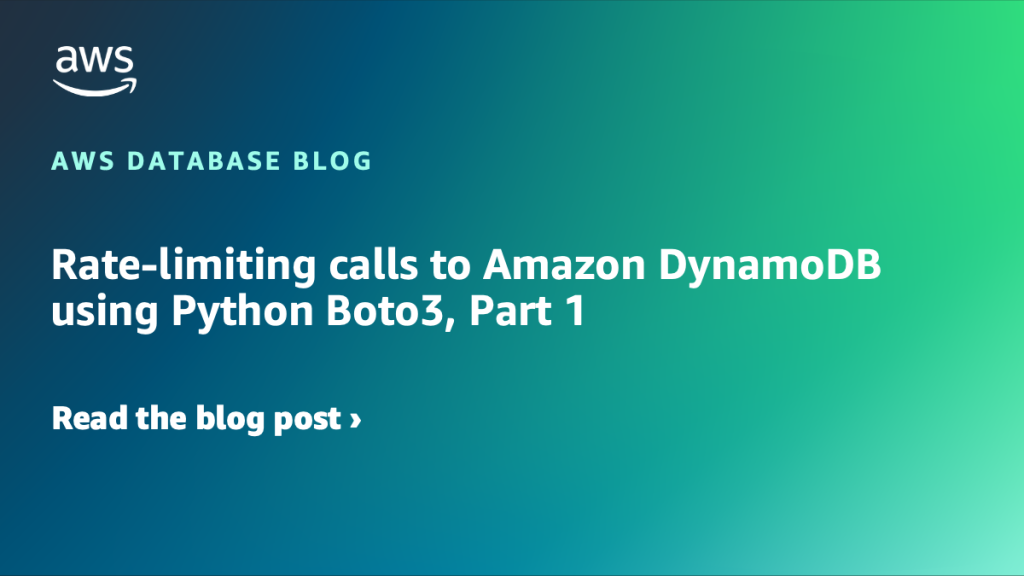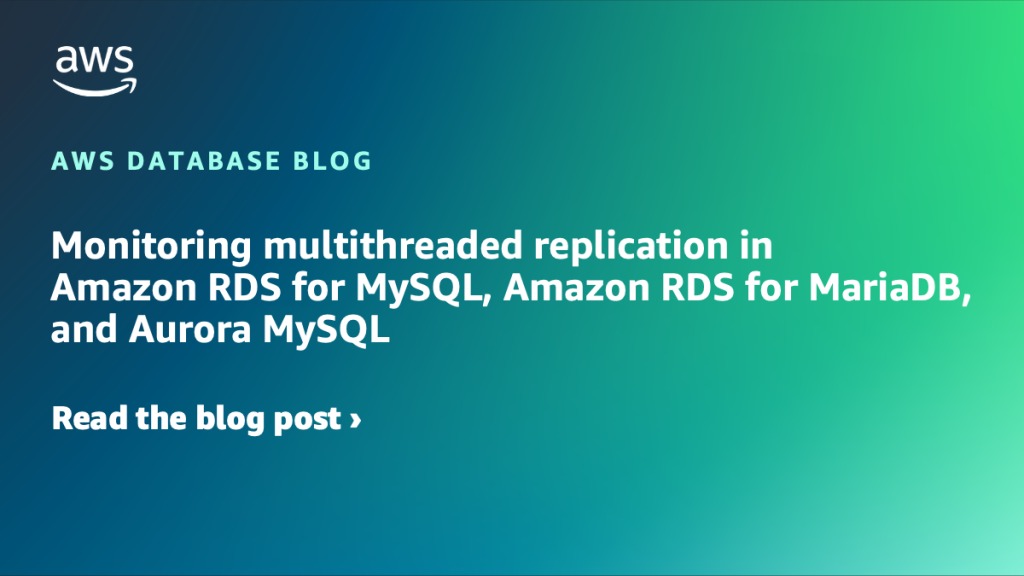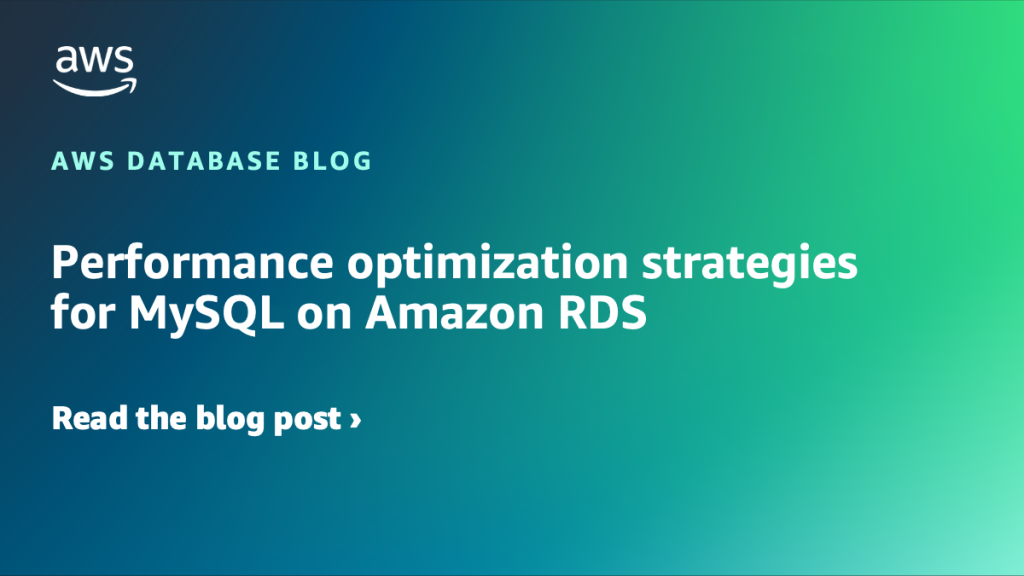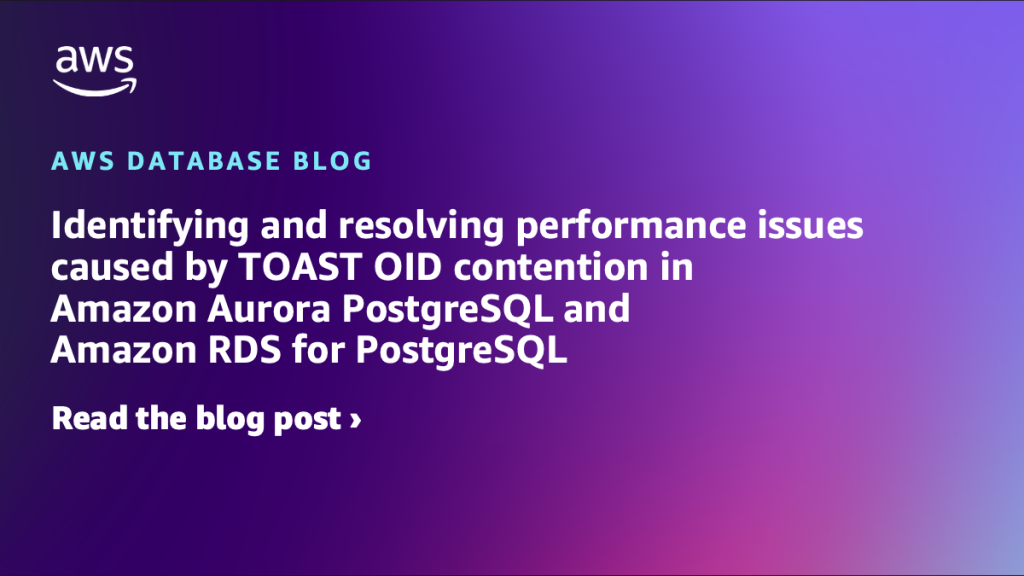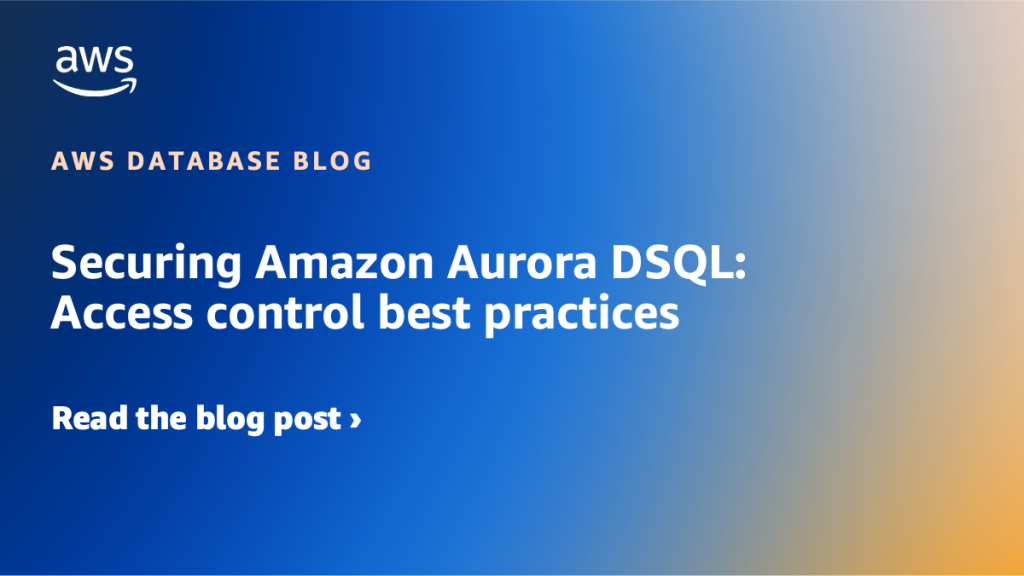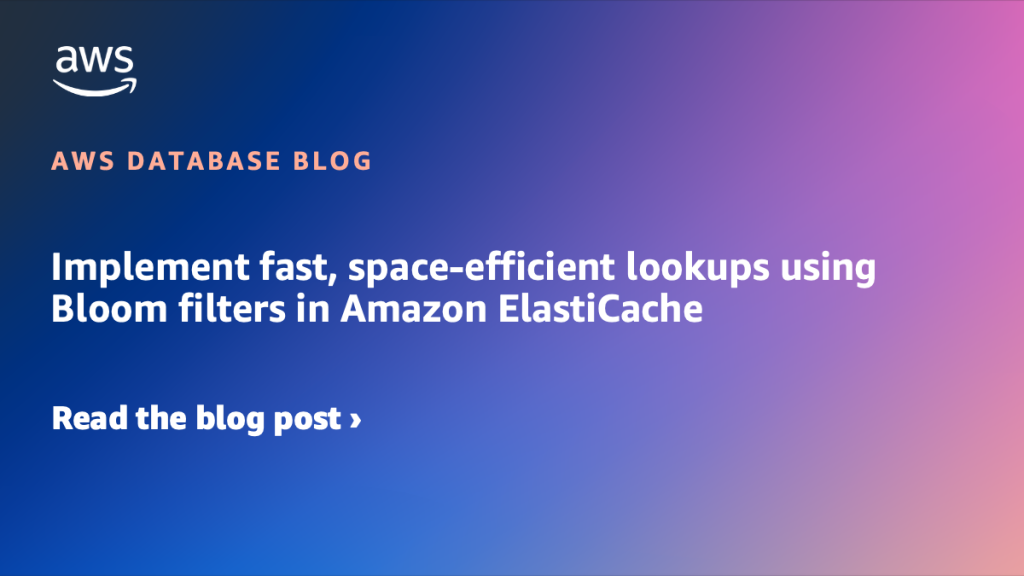AWS Database Blog
Category: Best Practices
Rate-limiting calls to Amazon DynamoDB using Python Boto3, Part 2: Distributed Coordination
Part 1 of this series showed how to rate-limit calls to Amazon DynamoDB by using Python Boto3 event hooks. In this post, I expand on the concept and show how to rate-limit calls in a distributed environment, where you want a maximum allowed rate across the full set of clients but can’t use direct client-to-client communication.
Rate-limiting calls to Amazon DynamoDB using Python Boto3, Part 1
In this post, I present a technique where a Python script making calls to Amazon DynamoDB can rate limit its consumption of read and write capacity units. The technique uses Boto3 event hooks to apply the rate limiting without having to modify the client code performing the read and write calls.
Monitoring multithreaded replication in Amazon RDS for MySQL, Amazon RDS for MariaDB, and Aurora MySQL
In this post, we discuss methods to effectively monitor parallel replication performance and tune its related parameters for Amazon Aurora MySQL and Amazon Relational Database Service for MySQL and MariaDB.
Overview and best practices of multithreaded replication in Amazon RDS for MySQL, Amazon RDS for MariaDB, and Amazon Aurora MySQL
In this first post, we dive into the world of MySQL replication, with a special focus on parallel replication techniques. We start with a quick overview of how MySQL replication works, then explore the intricacies of multithreaded replication. We discuss key configuration options and best practices for optimization.
Performance optimization strategies for MySQL on Amazon RDS
In this post, we share infrastructure-level optimizations, RDS-specific performance features, and database design patterns to help improve MySQL performance on Amazon RDS. We focus on practical configurations and monitoring techniques that complement existing parameter tuning documentation, helping you make informed decisions for your specific workload requirements.
Identifying and resolving performance issues caused by TOAST OID contention in Amazon Aurora PostgreSQL Compatible Edition and Amazon RDS for PostgreSQL
In this post, we explore the challenges of OID exhaustion in PostgreSQL, focusing on its impact on TOAST tables and how it leads to performance issues. We will cover how to identify the problem by reviewing wait events, session activity, and table usage. Additionally, we discuss practical solutions, from cleaning up data to more advanced strategies such as partitioning.
Securing Amazon Aurora DSQL: Access control best practices
You can access an Amazon Aurora DSQL cluster by using a public endpoint and AWS PrivateLink endpoints. In this post, we demonstrate how to control access to your Aurora DSQL cluster by using public endpoints and private VPC endpoints through PrivateLink, both from inside and outside AWS.
Implement fast, space-efficient lookups using Bloom filters in Amazon ElastiCache
Amazon ElastiCache now supports Bloom filters: a fast, memory-efficient, probabilistic data structure that lets you quickly insert items and check whether items exist. In this post, we discuss two real-world use cases demonstrating how Bloom filters work in ElastiCache, the best-practices to implement, and how you can save at least 90% in memory and cost compared to alternative implementations. Bloom filters are available in ElastiCache version 8.1 for Valkey in all AWS Regions and at no additional cost.
Amazon Aurora DSQL for gaming use cases
In this post, we show you how Amazon Aurora DSQL powers modern gaming use cases from real-time multiplayer interactions to globally consistent leaderboards by delivering seamless scalability, strong consistency and built-in multi-region availability.
Things to consider when choosing between Oracle TDE and AWS KMS for encryption of data at rest for Amazon RDS for Oracle
For encrypting data at rest, Amazon RDS for Oracle offers two choices: AWS KMS and Oracle TDE. Although both AWS KMS and Oracle TDE provide encryption at rest capabilities, there are various factors to consider when choosing between them, such as licensing, edition dependency, encryption granularity, and feature restrictions. In this post, we provide guidance on choosing between the AWS KMS and Oracle TDE options for encrypting data at rest in RDS for Oracle, focusing on these key aspects.

